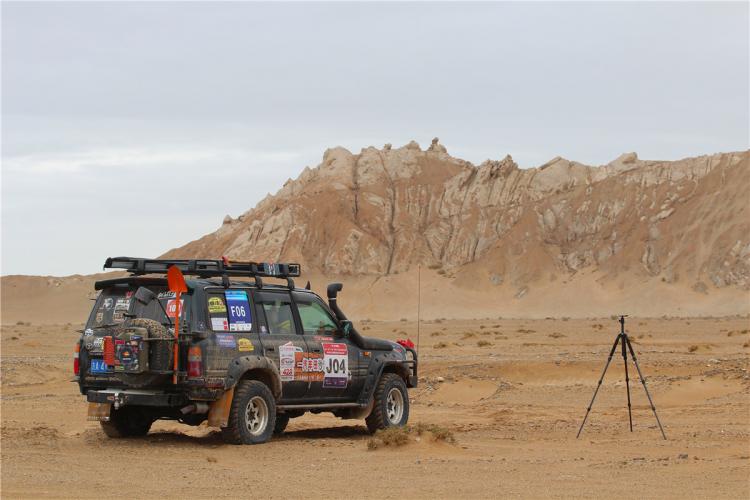Chichen Itza is an ancient Mayan city site located in the east-central Yucatan state, Mexico. It is 3 kilometers long from north to south and 2 kilometers wide from east to west. There are hundreds of buildings. It is the site of ancient Mayan culture and Toltec culture.

The Maya never had a unified and powerful country like other civilizations. The Maya region in its heyday was divided into hundreds of city-states. However, the Maya states belonged to the same cultural circle in terms of language, writing, religious beliefs and customs. In the 16th century, the Aztec Empire, the inheritor of the Mayan culture, was wiped out by Spain.

The ruins of Chichen Itza have pyramid temples, pillared halls, courts, markets and astronomical observatories. The site was included in the World Cultural Heritage in 1988 and was named as the New Seven Wonders of the World.

The most important of the ruins is the Kukulkan Pyramid. “Kukulkan” means “Feathered Serpent God” in Mayan, a god worshiped by the Mayans, and is generally depicted as a snake with feathers. Feathered snake god rules the morning star, invented books and legislation, and brought corn to mankind, and also represents death and rebirth. The building’s Spanish name is “El Castillo,” which means “castle,” so it has two names. Built in the 10th century, the Kukulkan Pyramid is squarely symmetrical, with a base length of 55.3 meters and a height of 24 meters, with sharp edges and corners. The entire tower is in the shape of a ladder, with a total of 9 floors, which shrink upward layer by layer. There are 91 steps on each side of it, and the four sides (southeast, northwest) symbolize the four seasons of the year, a total of 364 steps, plus the temple on the top of the tower, a total of 365 steps, symbolizing 365 days a year.

On the north side of the pyramid the steps should be the most important. There are three door openings on the uppermost wall of the northern staircase, and one door opening on the other three stepped walls.

In addition, there are two statues of snake heads at the bottom of the north staircase, which should be the statues of Feathered Serpent God, but there are no statues on the other three sides.

Every spring equinox and autumn equinox, at sunrise and sunset, you can see regular curved shadows on the side of the steps on the north side of the pyramid. Superimposed with the snake head, it looks like a flying snake. This projection is produced by the corner of the pyramid. . (The picture below is from the Internet)

Normally, only a straight line can be seen when projected onto the side of the ladder.

In addition, in ancient Mesoamerican cities, it is a common practice to build larger and more majestic pyramids on top of old pyramids, and the Kukulkan Pyramid is no exception. There are separate entrances into the tunnel on the north and south steps.

Climb up the steps of the old pyramid hidden inside the pyramid until you reach the top of the old pyramid.

On the northwest side of the Kukulkan Pyramid is the big ball court. There are 7 ball courts in Chichen Itza, among which this is the largest court in ancient Mesoamerica, with a length of 166 meters and a width of 68 meters.
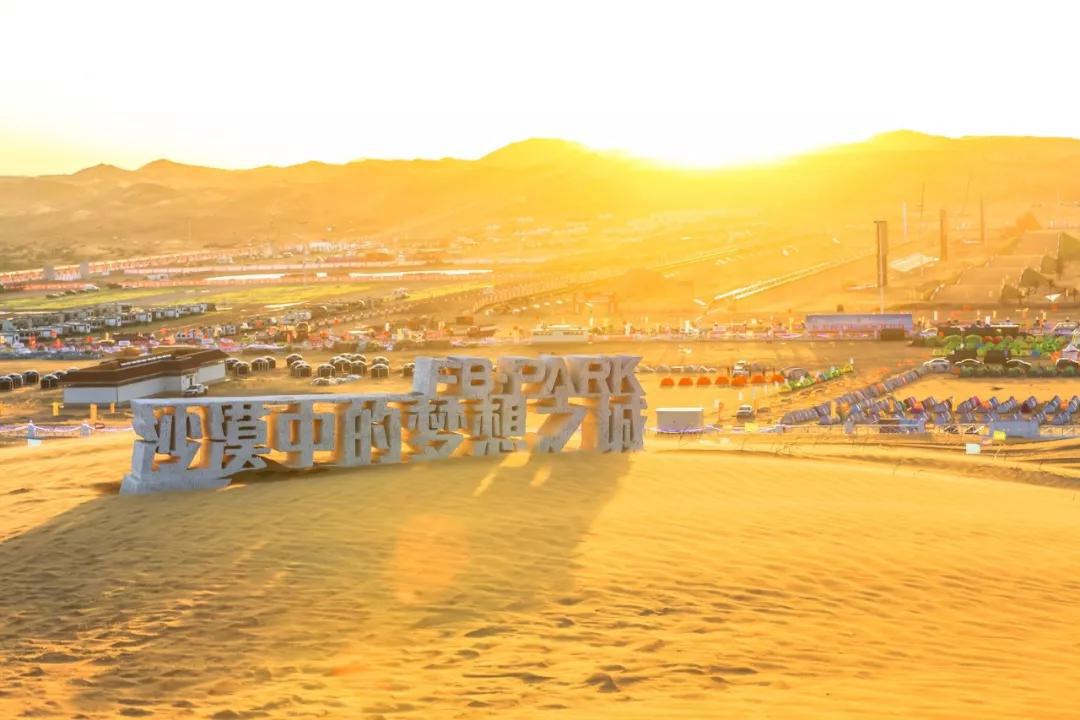
On the side of the field are the Jaguar and the Temple of the Shield
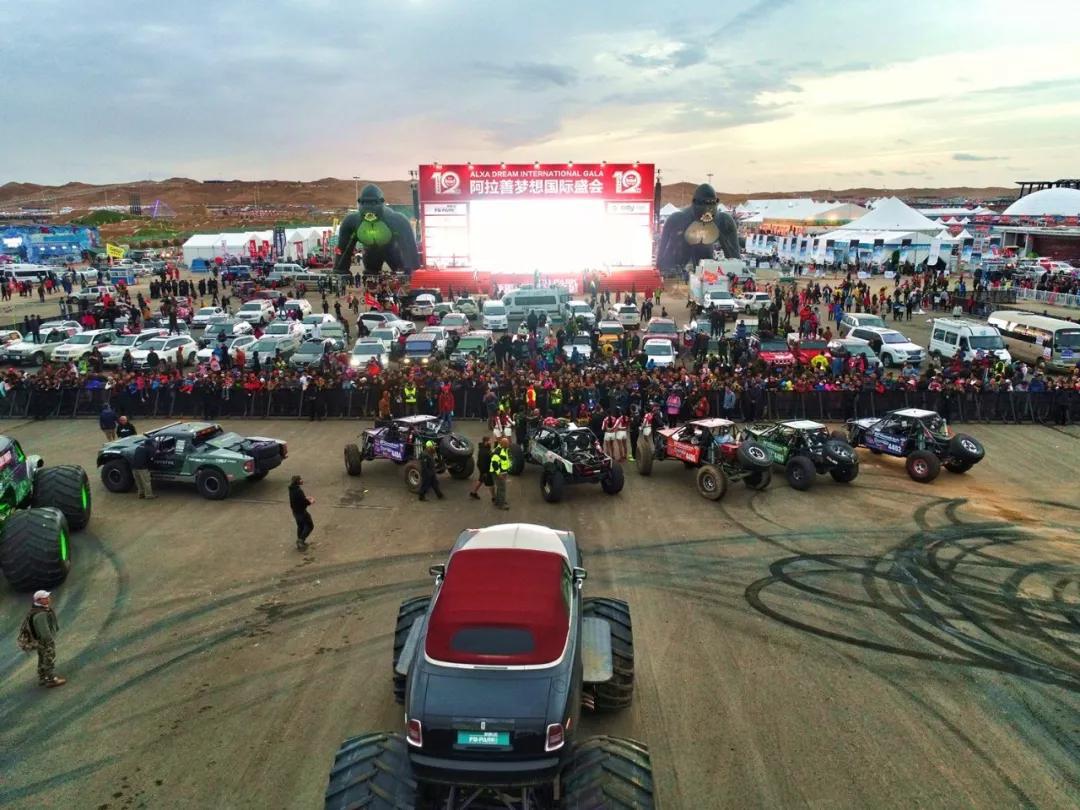

At the northern end is the Temple of the Beard

Part of the engraved image on the bearded temple is still clear

A hollow stone ring is inlaid on the high walls on both sides. This is the goal, which is a bit strange. For the Mayans of Chichen Itza, the cuju game was not a recreational activity, but a religious ceremony.


Just outside the stadium is the Temple of the Skull, a platform decorated with reliefs of various skulls. Legend has it that the Mayans would display the heads of sacrificers on this flat head.

Cameos look a little scary.

On the side of the skull temple is the Venus platform for worshiping the gods of nature.
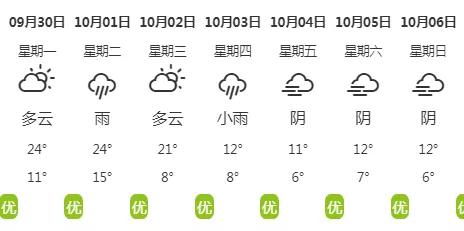

To the east of the Kukulkan Pyramid is the Temple of the Warriors, which requires a long staircase to reach the Temple of the Warriors. It’s just that there is a fence now, so you can’t go up to the Warrior Temple.


At the bottom of the stairs are rows of square stone pillars

The stone pillars are carved with reliefs of various figures or animals.

There is a statue of a snake head on each side of the top of the ladder, and a statuette of a warrior stands on top of the snake head.

Stepping up the last step, you can see a half-recumbent, head tilted, looking silently, a stone statue of a man looking into the distance. This figure is called the CHAC-MOOL statue.

The Mayans believed that the life and death of a person is a reincarnation. In order to be reborn, someone must die, so they need to kill people to offer sacrifices to show a better rebirth. They believe that the statue of Chac Moore is a “messenger between man and god”, and they need to communicate with gods and transmit information through messengers. So they dug out the heart from a living person, put it in the disc in the middle of the belly of the Chac Moore statue, and dedicated it to the gods, which is kind of cruel. We have seen a similar statue in the Museum of Anthropology in Mexico City. Now the Temple of the Warriors cannot be entered. It can only be seen from a distance from below, and it still looks like it on a postcard.

And next to the Venus platform, I also saw a broken statue of Chac Moore, which has been completely changed, only the body is still there. Judging from the pedestal under the statue, it doesn’t look like the Venus platform, it may have moved from other places.

The Table Temple to the left of the Warrior Temple.

Next to the Warrior Temple is the Thousand Pillars Square, with more than a thousand pillars all over the place. Because it is connected with the Warrior Temple, it is estimated that Qianzhu Square is also part of the Warrior Temple. These pillars are divided into square pillars and round pillars. The square pillars have reliefs, but the round pillars do not.


In the south of the Kukulkan Pyramid, there is a circular building built on a large square platform – “El Caracol”, also known as “Snail”, named after the spiral stone steps inside the circular building .

Unfortunately, still can not enter

Not far behind the observatory is the Chichen Itza Cathedral, one of the oldest buildings in Chichen Itza. It’s just that the name of the church comes from Spain. The Mayans didn’t have churches but temples, so they didn’t think it should be called a church.

The stone carvings on the exterior walls are very beautiful.


It seems that there is an image of corn, and it is probably a sacrificial place for praying for a good harvest.

Next to Chichen Itza Cathedral is the nunnery. Of course, the name of the nunnery still comes from Spain.

The exterior wall of this building is also a large number of exquisite decorations, which feel the same style as the cathedral. It is said that it was the political center of the Mayan era.

nunnery side
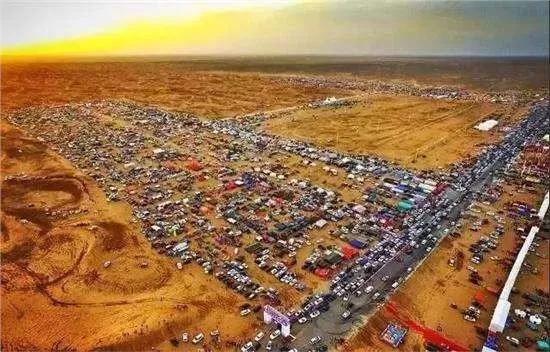
Behind the nunnery is a tall building whose name is unknown and cannot be entered.

But it can be seen that it is connected to the nunnery.

There are also holes on the side of the building, which feel like they were left on purpose and should not be caused by a collapse.
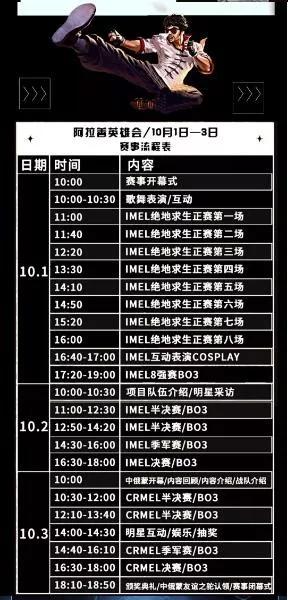
The surrounding building is called the Red House.

This is also a sacrificial altar

There should also be a statue of Feathered Serpent God under the sacrificial altar.

There is a stone tablet in front

The whole body of the stele has been carved, but I just can’t understand it.

To the north of the Kukulkan Pyramid is the Sacrificial Well. Since the Yucatan Peninsula lacks water and there are no large rivers, the water source provided by the three local melting wells (groundwater) in Chichen Itza is particularly important. There are still two of them, one of which is the Well of Sacrifice. The well of sacrifice is about 60 meters in diameter and 35 meters deep.

It was originally used to sacrifice the Mayan rain god, and put jade, pottery and incense into the holy well as sacrifices, and occasionally used living people to sacrifice during severe droughts.
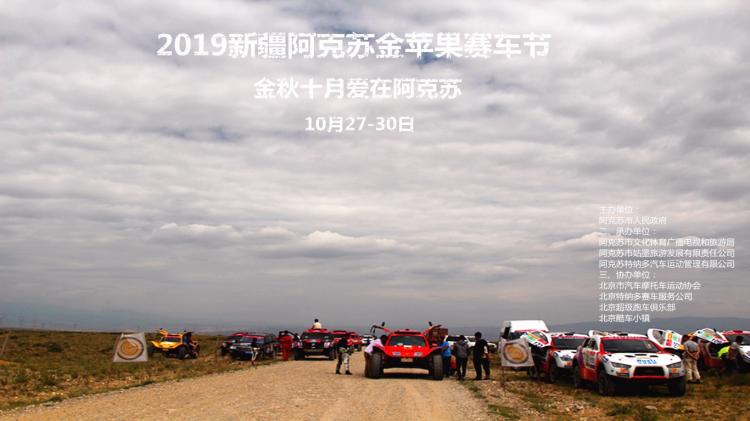
The Mayans were shorter, with yellowish complexion and aquiline noses, and felt similar to East Asians
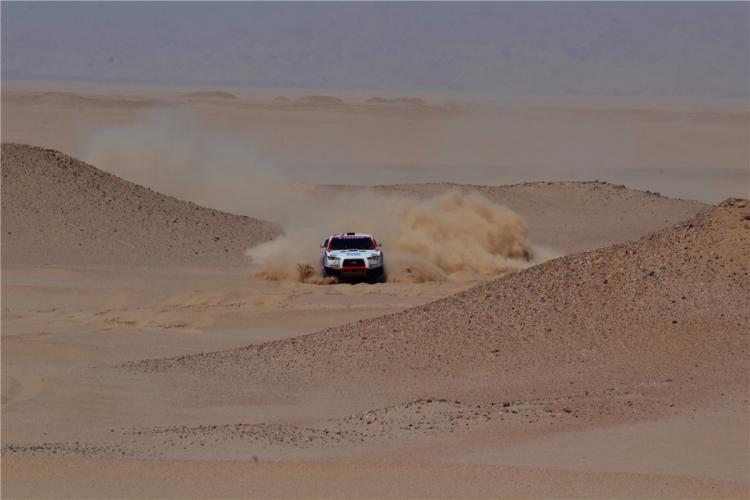
I remember that there is a map of human migration in the Museum of Anthropology in Mexico City, that is, a group of ancient humans entered the Americas from northeast China through the frozen Bering Strait
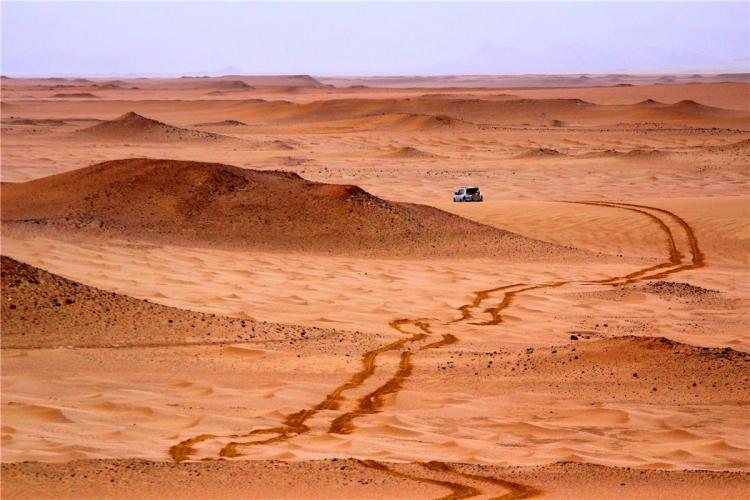
Even the houses of the Mayans were very similar to ours.
